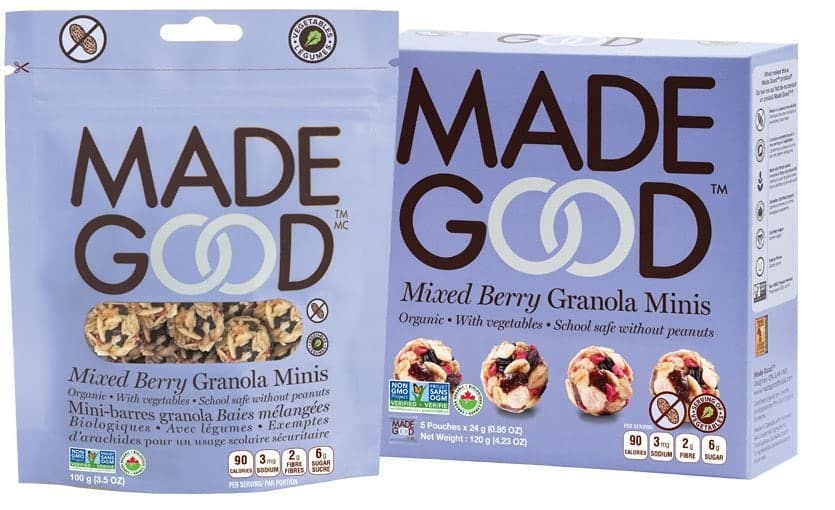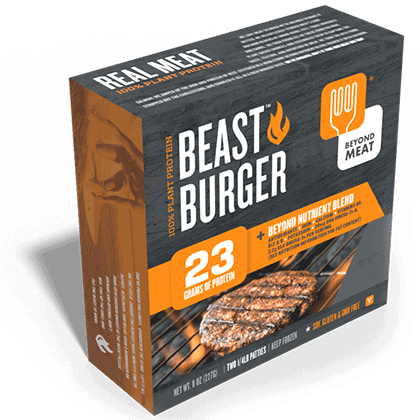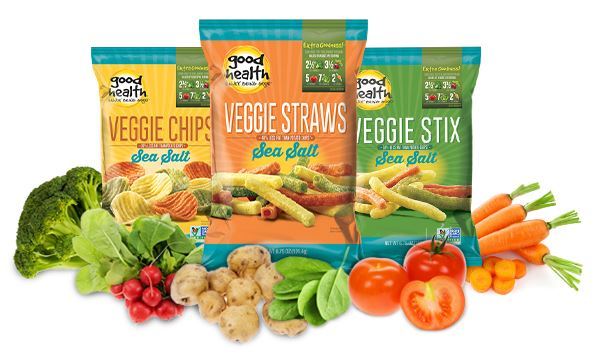Baby Boomers Want More Clean Label Products
Clean label is a new term used in the food manufacturing industry to depict food as only using simple and natural ingredients. The trend was expected to appeal to the younger consumers, but clean label products surprisingly appeal to the baby boomers too.
Baby boomers or those who belong in their fifties are the ones who readily patronize baby boomers. According to Dr. Elizabeth Sloan, president of the Sloan Trends, Inc., this particular demographic has both the time and money to buy clean label products.
Why Does It Appeal to The Boomers?
 Consumers have different reasons for why they opt for products with such labels. Younger people look for products that are all-natural, gluten-free, and organic. Baby boomers have an even simpler reason, and that is to avoid artificial additives in their products. There is an increasing interest for products with clean labels among baby boomers as this age group is starting to experience many health setbacks. The need for clean and natural food is essential to maintain good health for all ages.
Consumers have different reasons for why they opt for products with such labels. Younger people look for products that are all-natural, gluten-free, and organic. Baby boomers have an even simpler reason, and that is to avoid artificial additives in their products. There is an increasing interest for products with clean labels among baby boomers as this age group is starting to experience many health setbacks. The need for clean and natural food is essential to maintain good health for all ages.
In the research conducted by Sloan Trends, they investigated different products with clean labels and the age groups that patronize them. A whopping 76% of the correspondents who are 65 and above opt for products with clean labels for health reasons while contributors who are 50 to 64 gave a higher value for health at 75%.
The Domino Effect of Clean Label Products
There is a domino effect on this buying trend among older consumers. The report from the Organic Trade Association showed that the food sales of organic products in the United States rose to 11% in 2014 which is equated to $35.9 billion. Moreover, one-third of the consumers opts for organic products because they know that the products are all-natural and do not contain GMOs. Many consumers are confused when differentiating organic, non-GMO and naturally-flavored. For instance, a strawberry shortcake may not contain real strawberries but are just naturally flavored with strawberries.
The thing is, while clean labeling a buzzword among many consumers, it remains a very complicated topic that needs to be defined by the experts. The Food and Drug Administration coupled with the U.S. Department of Agriculture should work hand in hand to make it easier for consumers to understand the new labeling as well as the food that they are buying.
After all, clean labeling boils down to one thing: avoidance of artificial additives. Whether you are a boomer or millennial, people want real food made with real ingredients.
Inspired by foodbusinessnews.net

 Aside from creating alternative protein sources, many food manufacturers are also joining the bandwagon of free-from foods. Free-from foods are those that do not contain a particular detrimental ingredient. These include gluten-free, dairy-free and allergen-free foods. Many food manufacturers produce these specialty food products for flexitarian consumers who suffer from certain conditions that can be triggered by the presence of “detrimental” foods.
Aside from creating alternative protein sources, many food manufacturers are also joining the bandwagon of free-from foods. Free-from foods are those that do not contain a particular detrimental ingredient. These include gluten-free, dairy-free and allergen-free foods. Many food manufacturers produce these specialty food products for flexitarian consumers who suffer from certain conditions that can be triggered by the presence of “detrimental” foods. It seems the rise of the flexitarian is due to the collision of the health, nutrition, and wellness trends in the market. The “clean label” and “simple ingredients” trends fall in line with the demand from flexitarians. Many flexitarian consumers are now opting for products that are made from natural ingredients using natural processing methods.
It seems the rise of the flexitarian is due to the collision of the health, nutrition, and wellness trends in the market. The “clean label” and “simple ingredients” trends fall in line with the demand from flexitarians. Many flexitarian consumers are now opting for products that are made from natural ingredients using natural processing methods. Snacks that are based on fresh fruit and vegetables are very popular. These include the sweet dried or chocolate dipped fruits to the tasty veggie chips. Many consumers opt for fresh fruit and vegetable snacks because they are not only satisfying but also healthier than traditional snacks. Using an ingredient like GrandFusion nutrient blends gives brands the opportunity to add natural vitamins from fruit and/or vegetables without impacting the taste or texture of the snacks.
Snacks that are based on fresh fruit and vegetables are very popular. These include the sweet dried or chocolate dipped fruits to the tasty veggie chips. Many consumers opt for fresh fruit and vegetable snacks because they are not only satisfying but also healthier than traditional snacks. Using an ingredient like GrandFusion nutrient blends gives brands the opportunity to add natural vitamins from fruit and/or vegetables without impacting the taste or texture of the snacks. Snacking on Simple and Real Ingredients
Snacking on Simple and Real Ingredients Organic produce is the backbone of the organic industry as it generated sales worth $14.4 billion last year. Consumers often feel a close connection with the industry via the food they eat. About 13% of the produce sold in the country is labeled organic.
Organic produce is the backbone of the organic industry as it generated sales worth $14.4 billion last year. Consumers often feel a close connection with the industry via the food they eat. About 13% of the produce sold in the country is labeled organic.

